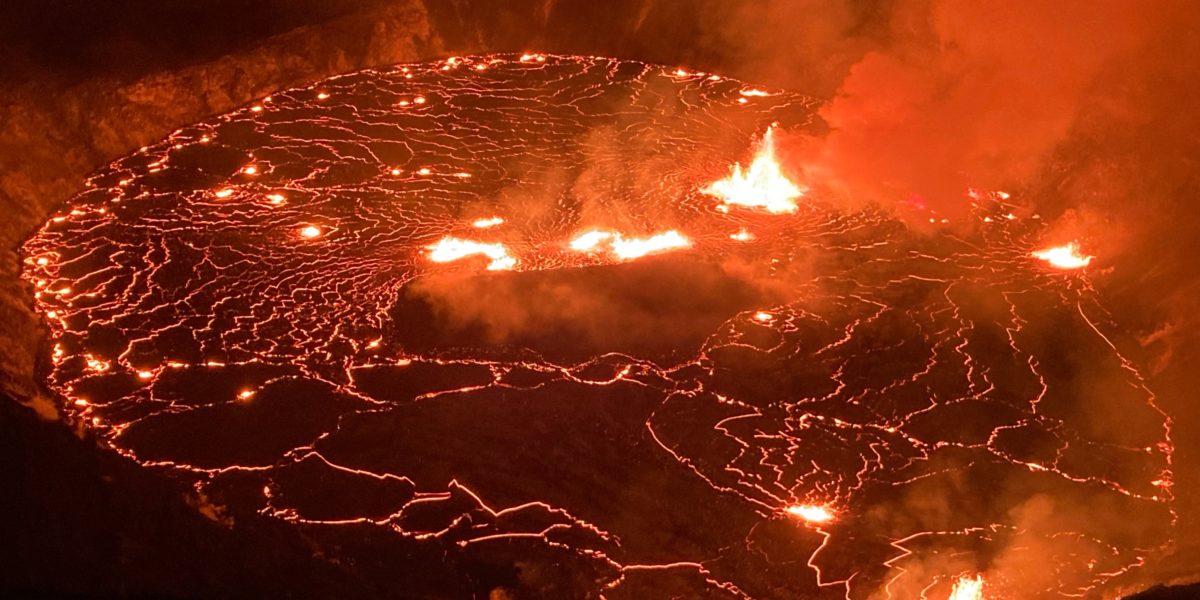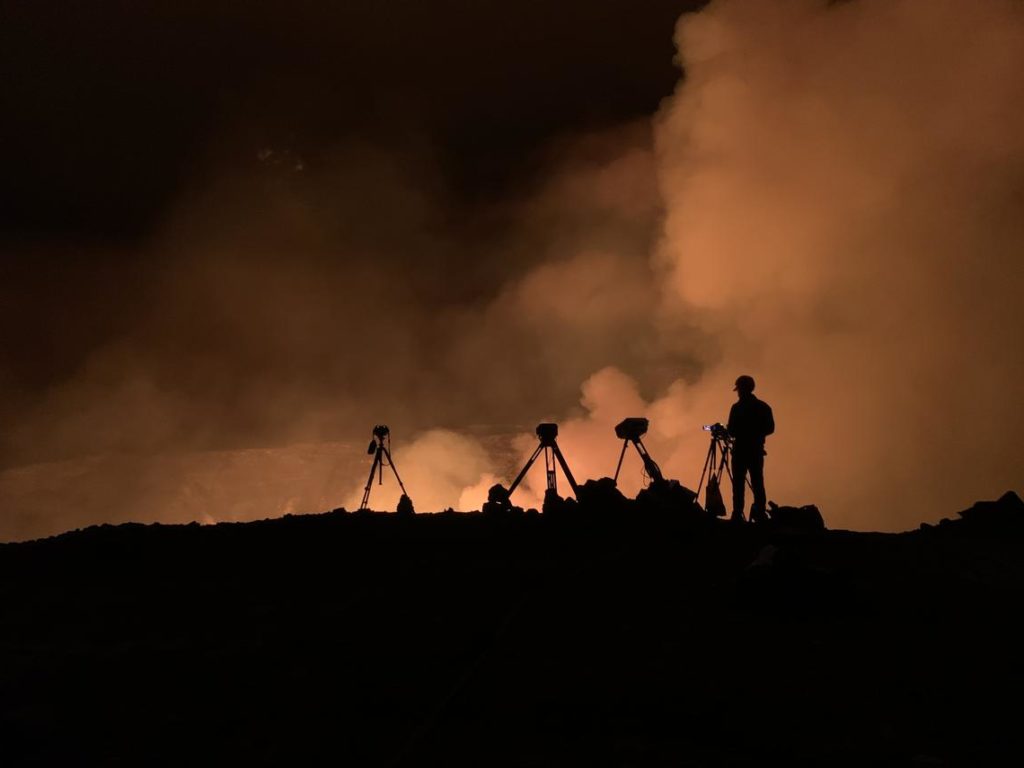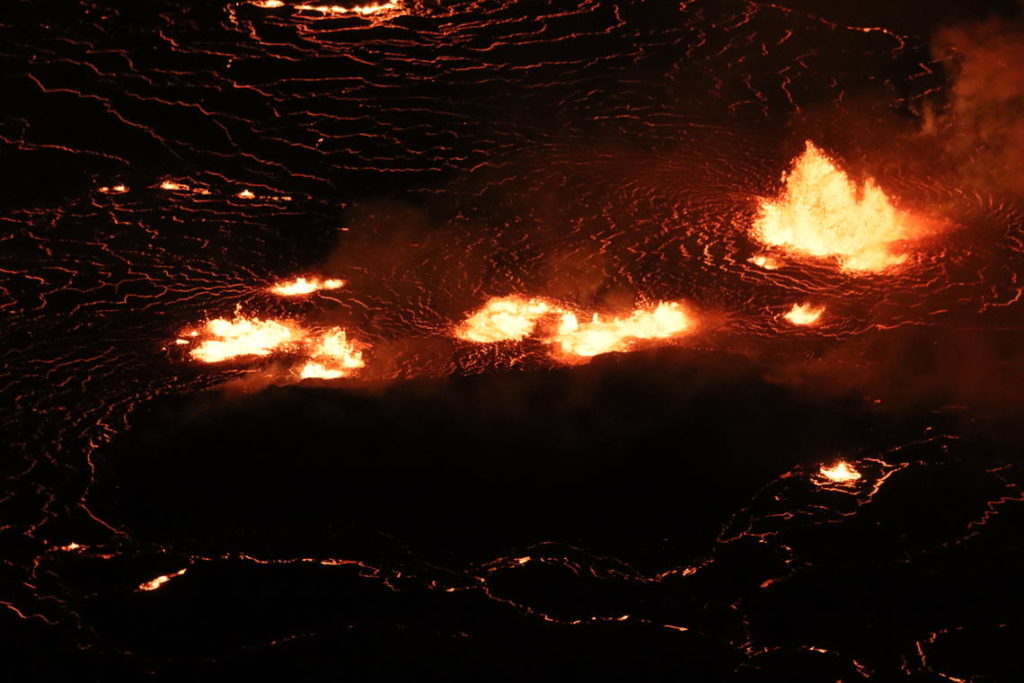
Volcano Erupts, Lights Up Night Sky in Hawai’i Volcanoes National Park
Kīlauea is one of the island of Hawaii’s most active volcanoes, and one of the busiest in the world.

U.S. Geological Survey

Hawai‘i Volcanoes National Park is once again earning its moniker. On Sept. 29, a little after 3 p.m. local time, one of Hawaii’s youngest and most active volcanoes at the Kīlauea summit began spewing lava and gas from its Halema’uma’u crater.
On the heels of Kīlauea’s last eruption that concluded just four months ago, the current activity is transpiring within a closed-off area of the national park, according to the U.S. Geological Survey. The rest of the park, however, remains open, with numerous vantage points of the eruption accessible along Crater Rim Trail.
The orange-hued radiance rising from the caldera took little time to attract the attention of tourists eager to witness “the plume of gas and steam by day and the lava glow after dark,” National Park Service officials said in a release.
“Viewing lava at the summit of Kīlauea is awe-inspiring,” Hawaiʻi Volcanoes National Park Superintendent Rhonda Loh said. “We continue to work with USGS scientists to receive the latest volcanic updates, and remind visitors that the eruptive activity and accessibility could change at any time. … We want to keep the park open for all to experience this new phase of volcanic activity, but we can only do so if visitors follow guidelines that keep everyone safe.”
Even though the immediate vicinity is closed to the public, the excess levels of volcanic gas emitted by the eruption remains a concern. Down wind of the volcano, a cocktail of carbon dioxide, sulfur dioxide and water vapor react with the atmosphere to create volcanic smog, or vog, which carries with it the potential “for airborne health hazards to residents and visitors,” the park’s release said.
Visitors who happen to be in the vicinity are urged to follow these safety tips.
Staff from the USGS and the Hawaiian Volcano Observatory continue to provide updates alongside real-time imagery of the eruption, with status notifications, live web cams, and planning tips available on the park website.
Take a look at a handful of the incredible images below to see what National Park Service and USGS officials are documenting. And for more photos of the ongoing eruption, visit the Hawaiian Volcano Observatory home page.
Sept. 29 Timelapse
USGS Personnel Capture the Lava Lake Within Kīlauea

USGS
Close-up of Fountains Near Center of Halema’uma’u Lava Lake

USGS
Hawaiian Volcano Observatory (HVO) Scientists Monitor the Eruption

USGS
HVO Geologist Records Video From the Rim of the Halema’uma’u Crater

USGS
Lava Fountains in the Kīlauea Caldera

USGS
A Close-up of the Rising Lava Lake’s Center

USGS
Tephra, Which Includes Elements Such as Cinder and Pumice, Deposited Far From the Summit After the Volcano’s Eruption

USGS
